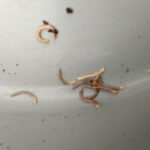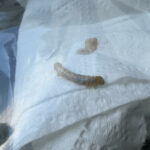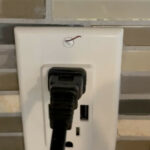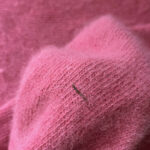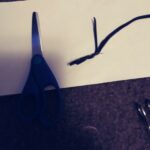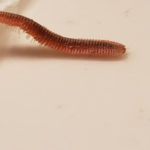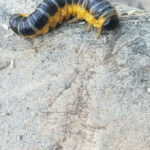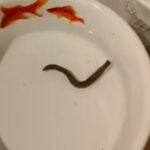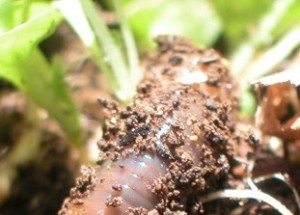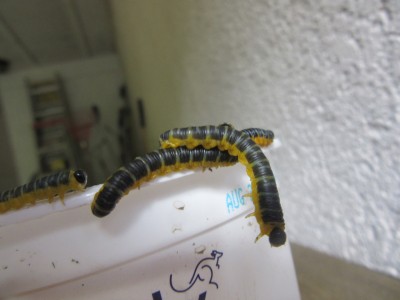
“I noticed my solar sprinkler bucket was empty yesterday, so I filled it with fresh water. When I looked today, all these little black things were scooting around the bottom of the bucket”, writes this reader in her submission, which unfortunately does not include a photo. “When I move the sprinkler to see them, they scuttle under it again. Can’t get a good photo. The biggest one is about a quarter inch. They move like caterpillars but faster. Don’t know if they were nesting inside the sprinkler head or if they fell off the honeysuckle.” Since our reader did not send in any photos with her submission, nor did she describe them in much detail, we will say right off the bat that we will be unable to provide a certain or accurate identification.
That said, our best educated guess is that these are millipedes. Millipedes are neither worms nor caterpillars but arthropods. Arthropods are segmented invertebrates that possess exoskeletons (a hard shell-like armor surrounding the softer parts of an animal) with legs joined at every segment. Millipedes in particular have a lot of segments and thereby a lot of legs, which is what they are known for and named after (‘millipede’ being Latin for ‘thousand feet’). They like cool and damp environments, and will often hide under things; in nature, this typically constitutes piles of rocks, twigs, or leaves, but we suppose they might want to hide under a sprinkler, especially if the climate has been especially dry and/or hot. The best way to control millipede infestations is to control them. Removing piles of organic debris (like the ones mentioned before) from one’s yard helps, as does keeping one’s home as dry and warm as possible. In our reader’s case, she might want to store the sprinkler when it is not in use.
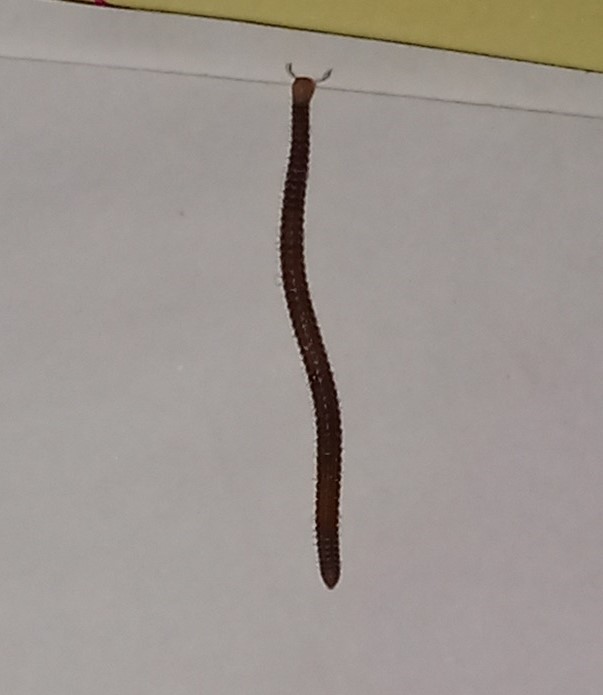
Of course, we cannot be sure that these are millipedes. If they fell off the honeysuckle as our reader suggests they might have, then they are likely not millipedes but some type of honeysuckle. Millipedes feed on decaying organic materials like fungi and faeces, and their diet does not include honeysuckle, but there are some species of caterpillars and sawfly larvae that would be attracted to honeysuckle. Sawfly larvae look like caterpillars but are not, and there are indeed black species that feed on honeysuckle. Our reader might want to look up photos of black sawfly larvae and see if they match the critters she found.

In conclusion, we cannot identify what our reader found under her sprinklers given the lack of photos and substantial context. They could be millipedes or sawfly larvae, but they could equally be something entirely different. If she still maintains that getting a good photo is impossible, then our reader might benefit from taking some of the worms to her local county extension office where someone will be able to physically examine them. They will have a better chance at identifying them. We hope this helps, and we wish our reader the very best.
All About Worms is always free, always reader-supported. Your tips via CashApp, Venmo, or Paypal are appreciated! Receipts will come from ISIPP Publishing.
You might also find these guys interesting!




